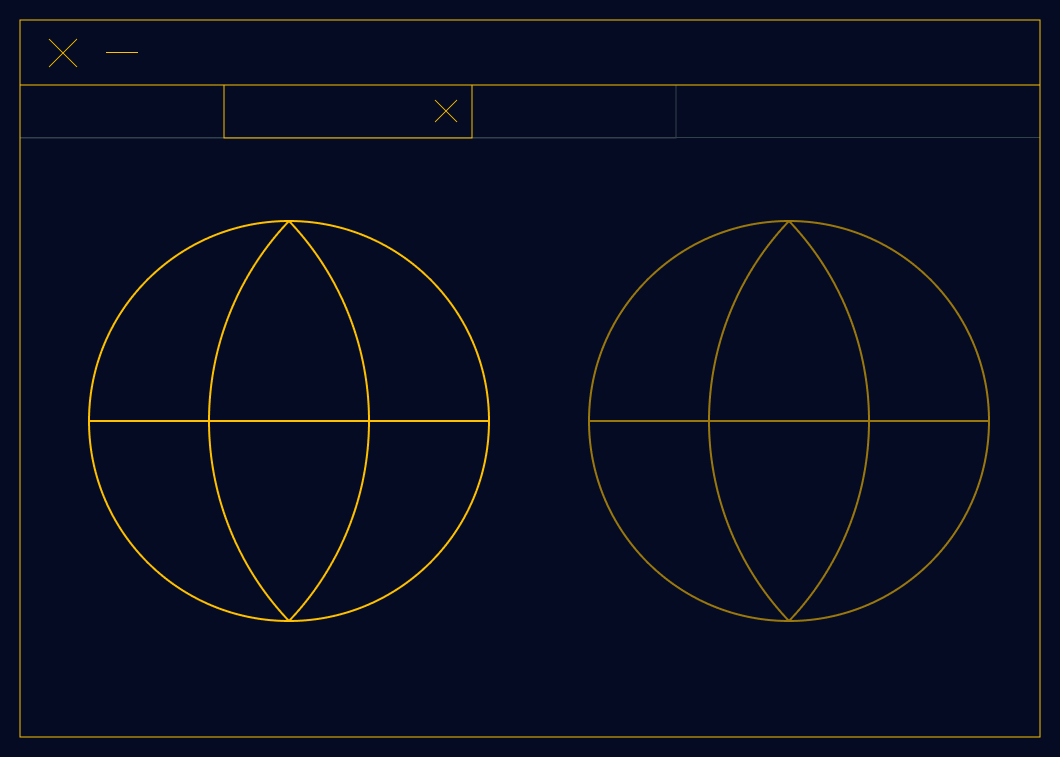5 Facebook Bidding Strategies: Benefits, Drawbacks, and Selection Guide
Facebook Ads Bidding Strategies can either make or break your advertising campaign. If you've been struggling with getting the best results, understanding the benefits and drawbacks of each strategy can save you both time and money. The right bidding strategy can help you reach your target audience more effectively and get the most out of your advertising budget.
Each bidding strategy has its unique benefits and challenges. Some are great for maximizing visibility, while others prioritize cost-efficiency. Choosing the right one depends on your specific goals, whether that's more clicks, better engagement, or higher sales. Knowing the pros and cons of each strategy will help you make informed choices that benefit your business.
This article will guide you through five key Facebook Ads Bidding Strategies. You’ll learn about their benefits, drawbacks, and how to pick the one that suits your campaign objectives. By the end, you’ll have a clear understanding of which strategy will help you achieve your advertising goals effectively.

Understanding Facebook Bidding Mechanics
Facebook bidding is essential for advertising success. It involves auctions where advertisers compete for ad placements. Understanding key elements like Auction Dynamics and Different Bidding Strategies is crucial.
Auction Dynamics and How Bids Work
In Facebook's auction, ads compete based on bids, estimated action rates, and ad quality. Bid represents how much you're willing to pay for a specific action (like clicks, views, or conversions). The Cost Per Result adjusts based on competition.
Bid Cap lets advertisers set a maximum bid. This ensures spending control but may limit campaign reach. Meta bidding strategies, like Lowest Cost and Target Cost, help optimize for specific goals, balancing cost and performance.
Factors influencing the auction include:
- Bid amount
- Ad relevance
- Estimated action rates
Exploring Different Bidding Strategies
Advertisers can choose from several Facebook bidding strategies. The Lowest Cost strategy aims to get the most results for the lowest price but may lack spending control. The Cost Cap strategy helps maintain an average cost while driving results.
The Bid Cap strategy is useful for high-control needs, letting you set the max bid per action but it might restrict delivery. Target Cost aims for a stable cost per action, ideal for steady budget planning.
Choosing the right strategy depends on your campaign goals, budget, and desired Cost Per Result. Evaluate each option to find the best fit for your needs.

Implementing Bidding Strategies for Campaign Success
Successful implementation of bidding strategies can drive better results and optimize ad spend. Key factors include setting appropriate bid caps, maximizing returns using ROAS goals, and balancing volume and value.
Setting the Right Bid Cap for Your Campaign
Setting the right bid cap involves determining the maximum amount you are willing to pay for a result. This ensures costs don't exceed the budget. Bid caps can help control spending and improve efficiency.
- Analyze past performance: Review historical data to identify the highest bid that achieved desired results.
- Adjust as needed: Be flexible to change bid caps based on real-time campaign performance.
- Consider the competition: Higher bid caps might be necessary in competitive markets.
Maximizing Returns with ROAS Goals
Use the Return on Ad Spend (ROAS) bid strategy to drive maximum returns. ROAS goals ensure that every dollar spent on ads generates a specific amount of revenue.
- Calculate target ROAS: Set a realistic ROAS based on past campaigns.
- Monitor and tweak: Regularly check ad performance and adjust your ROAS goals to meet revenue targets.
- Balance quality and cost: High ROAS might limit reach, so find a balance between cost and quality.
Balancing Volume and Value in Bidding
Balancing volume and value helps achieve the right mix of reach and profitability. Consider using both Highest Volume and Highest Value strategies.
- Highest Volume: Bids are set to get the most conversions, good for awareness and large-scale campaigns.
- Highest Value: Focuses on getting the highest-value conversions, suitable for targeting high-value customers.
By carefully implementing these strategies, advertisers can meet their campaign goals effectively.









